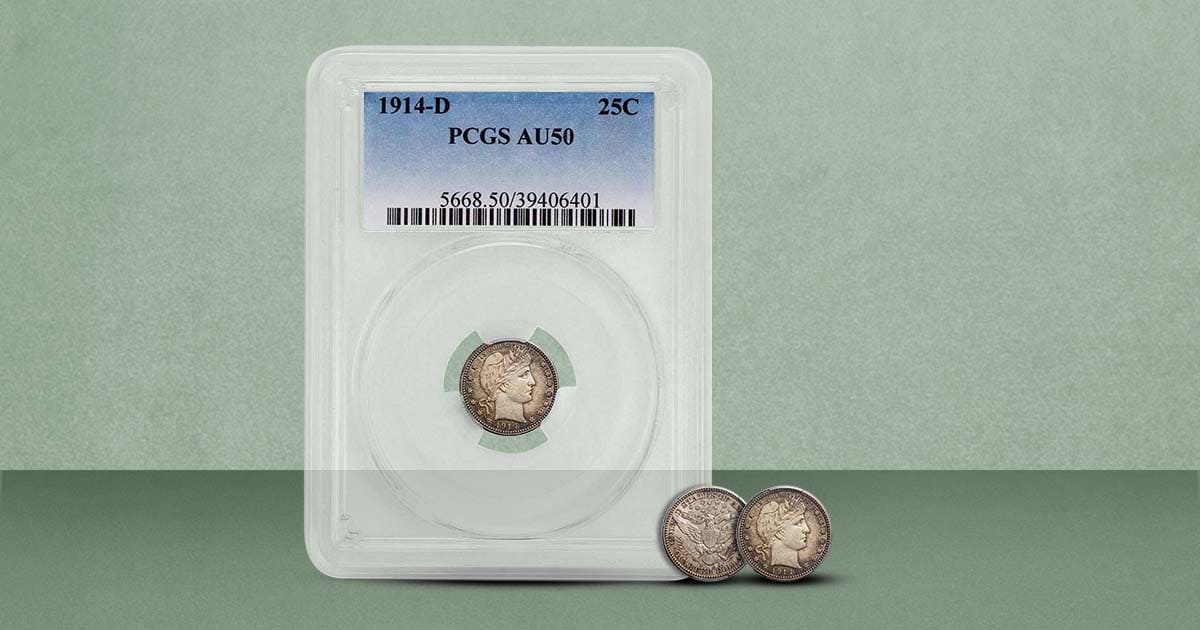
Is There a Way to Verify a Coin’s Grade?
You see a key or semi-key date coin advertised as having an MS-67 grade, and it is one of the final pieces your collection needs. How do you verify that an authoritative organization graded the coin?
Verifying a Coin’s Grade
If a coin has been graded by a well-known organization like NGC (Numismatic Guaranty Corporation) or PCGS (Professional Coin Grading Service), verifying that it received the grade on the holder is straightforward. Note the holder and logo of the grading organization on the holder, the label with the year, denomination, mint mark, and grade. If the holder or label has been tampered with, there may be signs of stress or cracking around the plastic.
Verifying a PCGS Graded Coin
PCGS makes verifying its coins simple and fast.
To verify a coin’s PCGS grade and certification, visit the PCGS website and navigate to “Verify.” Enter the certification number, which is the 7- or 8-digit number after the slash in the certification number in the field onscreen. This will bring up information to verify the coin’s year, mint mark, variety, and grade.
Verifying an NGC Graded Coin
NGC offers coin verification to assist you in verifying the grade and description of a coin. With this tool, you scan the barcode of the encapsulation or enter the number manually. NGC does not require the hyphens in the coins certification number to be entered to look the coin up.
This will lead you to view other information like the population of coins from the series and year, as well as price guides and images so you can verify the coin visually. You can find the details for most coins graded by NGC for free.
Verifying an ANACS Graded Coin
To verify a coin graded by the American Numismatic Certification Service (ANACS), visit their website, and select “Verify.” ANACS provides examples to show their certification numbers over the years. The certification number may be alphanumeric.
Other Grading Organizations
As with the above three, verifying a coin’s grade from other grading organizations is relatively fast. Contact the grading organization directly if you encounter a coin graded by an organization without an online database.




